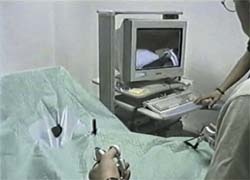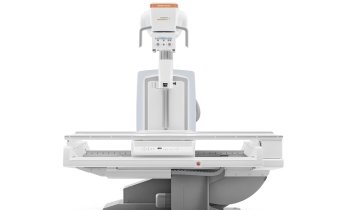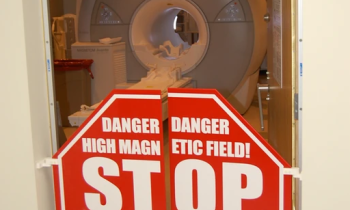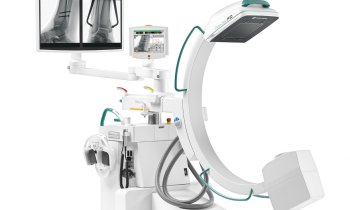Virtual patients for MIS training
By Professor Vicente Hernandez and Ignacio Blanquer
Minimally invasive surgery (MIS), carried out through very small incisions, minimises patient trauma and shortens rehabilitation time.

However, there are drawbacks: direct contact is not possible, visibility is limited to a screen image, and special training in the use of tools is necessary.
Generally surgeons have trained on cadavers, phantoms, live animals or during actual surgical interventions under supervision of experts. The many disadvantages presented make training on real patients the only effective way, but this could result in risk to the patient.
To avoid risks during training, the Polytechnic University of Valencia has developed a virtual reality simulator aiming at several aspects, including the improvement of repeatability of actions - which obviously cannot occur if using animals or humans. Another objective is to train specific pathologies.
The simulator consists on two main modules: the image pre-processing module, which consists of the segmentation Model Generator Tool and the Scenario Generator, and the Surgery Simulator module. One module presents surgical scenarios, using real medical images, for example of an abnormal anatomy or an interesting pathology. Thus the teaching surgeon can prepare special cases to increase the trainees’ abilities and skills before dealing with the first real case.
The image pre-processing module presents surgical scenarios using synthetic organs or real organs obtained from real images (such as 3-D CT or MRI). Medical images are processed to obtain models of the organs, which are compiled on the scenario generator to present textures, dynamic properties and to define the surgical environment. Thus qualified surgeons can prepare training in complex or rare cases using patients’ real anatomic data.
Scenarios are loaded on the surgical simulator, which computes organ deformity with respect to the interaction of users. Surgery is carried out on the virtual patient via haptic devices, resembling real surgical instruments, which allow users to feel the feedback of the force of organ reactions. The simulation is computed in real-time using high-performance parallel computing, by simultaneous use of several processors.
The system automatically generates a report on the quality of the intervention, indicating parameters such as the number of incorrect cuts, poor placement of staples, procedural errors, organ damage and the intervention time. Currently, although the simulator is generic and can be used for many different MIS interventions, the system has been validated for cholecystectomy interventions - usually one of the first learnt, but which requires most of the surgical gestures used in conventional interventions. Currently the system is being adapted for arthroscopy.
As in many engineering disciplines, virtual training will become the most common method to begin surgical practice in the future. Surgery simulation is more complex that flight or driving simulation, but advances in this technology, and physical models, can provide enough sensitive feeling to achieve a useful training of motor skills and procedures. Patients will not have to suffer risks during surgeons’ learning curve, and the surgeons will be more prepared for rare or severe pathologies.
01.07.2003











